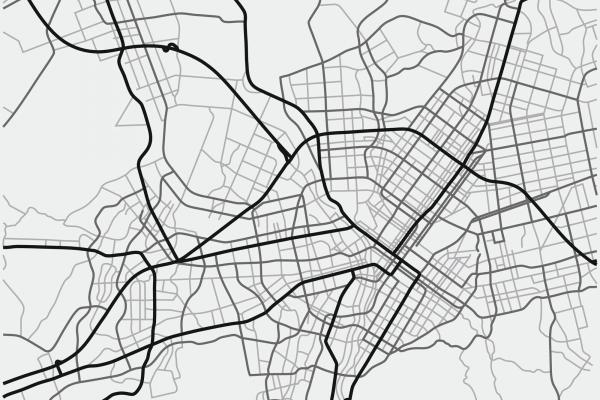Jun 16, 2021
This work of crafting a new narrative for Asian America takes various forms across many locations. It is not linear or systematic, but rather involves the relational work of changing a collective imagination of Asian Americans through both education and experience. Like any story, asserting a new narrative for Asian America requires engaging mind, body, and soul.
Read the Full Article

Already a subscriber? Login
